-
×
 Assorted Colour Vampire Crab Geosesarma Sp 2-3Cm
1 × £8.71
Assorted Colour Vampire Crab Geosesarma Sp 2-3Cm
1 × £8.71 -
×

-
×

-
×
 Red Devil Vampire Crab - Geosesarma Hagen - Decapod Crustacean
1 × £8.71
Red Devil Vampire Crab - Geosesarma Hagen - Decapod Crustacean
1 × £8.71 -
×

-
×

-
×

-
×

-
×
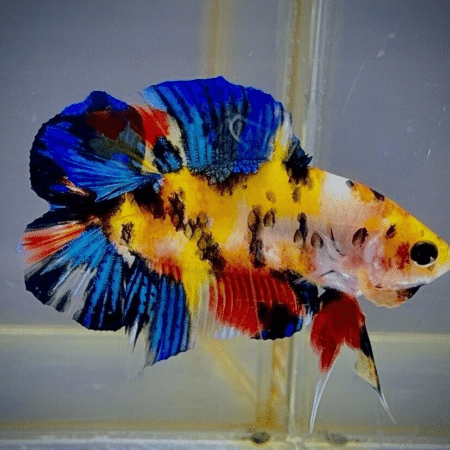
-
×

-
×
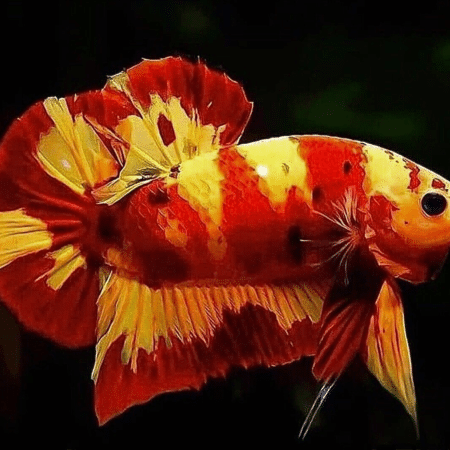
-
×

-
×

-
×

-
×

-
×
 Golden Eyes Vampire Crab - Geosesarma Sp. - Decapod Crustacean
1 × £8.71
Golden Eyes Vampire Crab - Geosesarma Sp. - Decapod Crustacean
1 × £8.71 -
×

Subtotal: £562.22

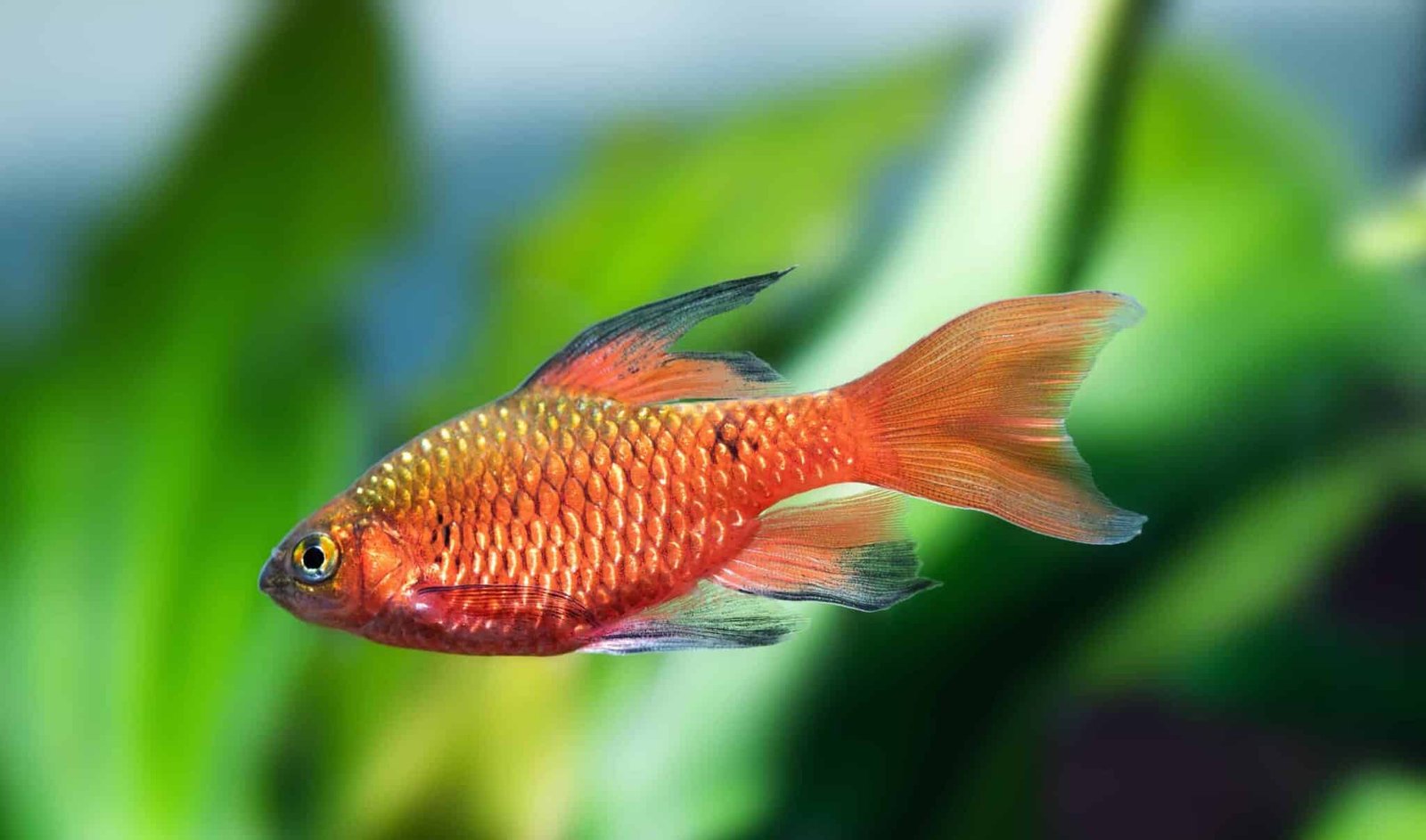

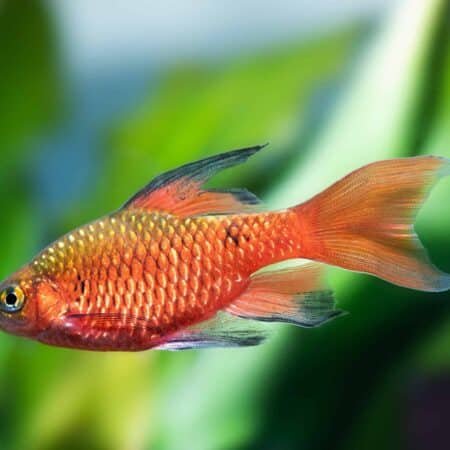

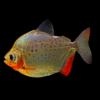
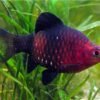




Emily Roberts (verified owner) –
I recently purchased 5 Rosy Barbs (Pethia conchonius) for my 55-gallon aquarium, and I couldn’t be happier! These freshwater fish have brought a vibrant splash of color and activity to my tank. After about two weeks, they’ve really settled in and their playful nature is just delightful to watch. Compared to other tropical fish I’ve kept, their resilience and sociability stand out. They’re active swimmers and love to explore every nook and cranny, making my tank feel alive.
I appreciate their peaceful temperament, which means they cohabitate well with my other fish without issue. Plus, I noticed that they thrive in a well-planted tank, which I learned is important for their health and happiness. A minor concern was their initial shyness; they took a couple of days to get comfortable, but patience paid off!
If you’re looking for lively and charming freshwater fish, I wholeheartedly recommend Rosy Barbs. They’re perfect for both beginners and seasoned aquarists. Just be sure to provide them with plenty of space and hiding spots. Overall, I would definitely buy them again!
Emily Carter (verified owner) –
I recently purchased 5 Rosy Barbs (Pethia Conchonius) for my community tank, and I couldn’t be happier! These beautiful tropical fish have brought such vibrancy to my aquarium. After a week of careful acclimation, they settled in perfectly and are thriving! Their playful nature and shimmering colors have made them a joy to watch. I also appreciate their hardiness, making them ideal for beginners like me. Having previously kept other fish that were more sensitive, I found these barbs much easier to care for. They are great companions for my guppies and neon tetras without showing any signs of aggression. My only minor concern is that they can be a bit nippy during feeding time, but I manage this by ensuring they receive enough food. Overall, if you’re looking for a lively and stunning addition to your freshwater fish collection, I highly recommend Rosy Barbs. They truly enhance the community vibe of any tank!